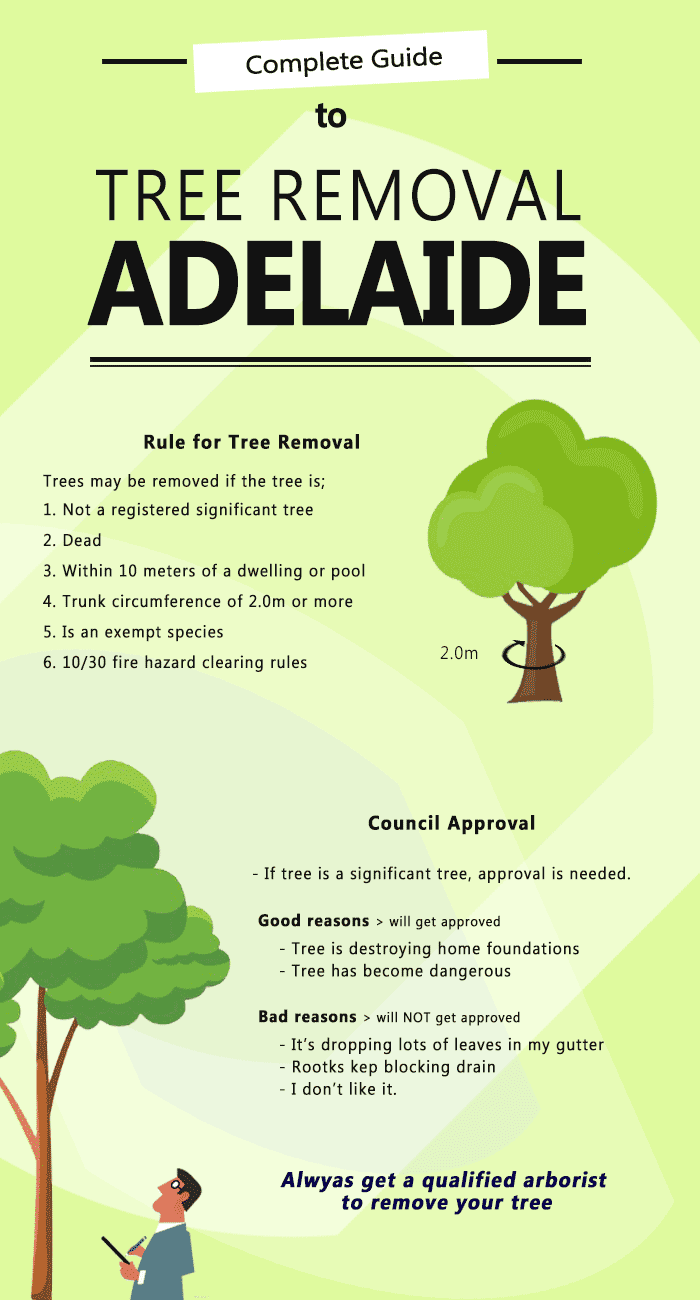Establishing The Right Time For Tree Removal - An Overview For Homeowners
Establishing The Right Time For Tree Removal - An Overview For Homeowners
Blog Article
Authored By-Hollis Halsey
Trees include beauty and value to building, yet they can additionally present a threat during extreme climate occasions. If a tree has stopped expanding, is displaying visible fungal development, or has a leaning trunk, it must be gotten rid of by a professional to avoid property damage and injury.
To find out more, attend a property owner source reasonable co-hosted by HPD, the Center for NYC Neighborhoods, and Brooklyn-based housing companions this night in Bedford-Stuyvesant. The occasion will feature the Homeowner Manual, a brand-new guide to assist house owners navigate the responsibilities of owning a home.
1. Dead or Perishing Branches
Trees are an essential part of your home's landscape, providing shade and beauty. They also supply shelter for wildlife and produce oxygen, however even healthy trees can experience health issue that might require their removal. Dead or dying trees aren't just unpleasant, they can be hazardous. Their branches could drop throughout a tornado, bring about expensive residential or commercial property damage and injuries.
When a tree's branches start to pass away, it means that its structure is starting to break down. If the majority of its branches are dead, it is likely time to remove it.
Try to find an absence of new growth, bark peeling, open wounds or cavities, fungi expanding on the trunk or roots and a basic look of decay in the entire canopy. These signs of infection can suggest a major issue that will call for professional tree solutions to solve.
2. Leaning Trunk
While it's regular for trees to lean once in a while as a result of phototropism, if a tree has a dangerous or extreme lean that's not because of natural processes - it could be an indicator that the tree needs to be eliminated. If the tree is favoring a high-voltage line, home, car, play framework or any other area that could be unsafe to individuals if it drops, then getting in touch with a specialist tree service for elimination must be a top priority.
official website 's also crucial to look for any type of sudden changes in a tree's leaning as it can show damage to the roots or trunk that might result in falling. This is specifically real throughout stormy weather, because high winds and rain-soaked dirt can trigger a lean to alter rapidly. Regular tracking, especially throughout and after tornados can assist property owners identify possible issues with their trees so they can call an arborist for an extensive evaluation.
3. Pest Problem
Some pest problems, such as wood-boring insects like emerald ash borer or sap-suckers like range insects, are so severe that they can create a tree to die. The best means to avoid pest problem is to monitor your trees on a regular basis. Search for areas, holes, or stainings in the leaves and bark. Analyze the trunk for splits and indicators of insect damages, such as tunnels or tracks.
If a tree ends up being also infested with pests, or is close to a home or high-voltage line, an arborist may recommend elimination. If https://www.bobvila.com/articles/plants-for-erosion-control/ leaning tree develops a new, unpredictable lean, an arborist will likely advise removal also to make certain the safety and security of people and residential or commercial property. If a damaged or dead tree consistently drops extreme branches, it is a sign that it is time to remove the tree. If a tree continues to lose branches for a prolonged amount of time, it could cause structural issues and prospective building damage.
4. Damaged Trunk
Trees are an attractive and fundamental part of our landscape, however they do need routine like maintain them healthy and risk-free. If a tree is damaged beyond repair it is likely time for it ahead down.
Look for indications of damages to the trunk, consisting of upright fractures, joints, dead branch stubs, noticeable wounds or open dental caries and extreme tree-rot. The presence of fungis at the base of the trunk is an additional alerting sign. Fungi may indicate that the phloem and xylem (life-support tissues) are endangered, allowing for the spread of condition or a future failing.
Additionally, think about whether the tree has actually stopped growing. Healthy trees will have new development every year, which may show up as buds or branches sprouting and prolonging. If you don't see any new growth, it's a great concept to have an arborist evaluate the tree and follow their recommendation for removal. A passing away or harmed tree can fall and trigger property damages.